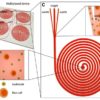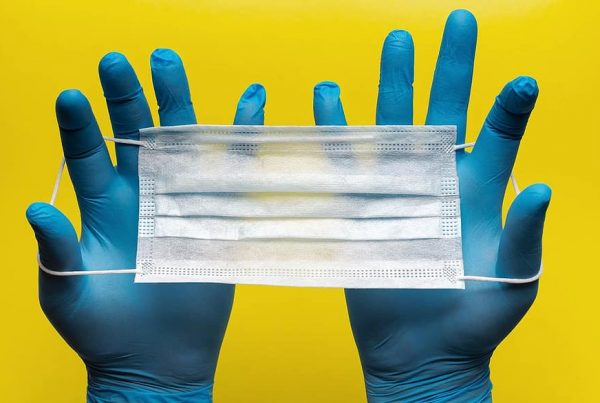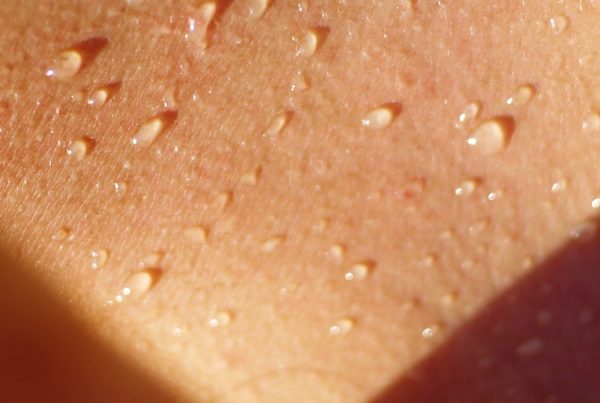A Most Frequently Asked Question is posed in the May 2018 Cell Science headline: “Will Microfluidic Cell Culture Fulfill its Long-awaited Potential?” The article notes that the first research papers on microfluidic cell culture are now nineteen years old: “Microfluidic cell culture has now outgrown its infancy and is about to survive its teenage years. It has matured considerably but still needs to transition from academia into clinics and industry. Will it come of age?” Now that it’s ready to exit adolescence, how will it leave the academic nest?
Some estimates of global market value — covering microfluidic components, applications, and key end-use sectors — hover near US$4.5 billion by 2023. Because all life involves fluids, from single-cell cytoplasm to lymph, blood and urine movements, the potential seems endless. Microfluidic models usher in precise control to more microenvironments than conventional models. With regard to areas such as drug discovery, the field is as exciting as fireworks. Yet among the challenges is authentic promotion: some of the systems are not as universally applicable as they sound, and realistic experience in identifying the right applications, according to one observer, “will be critical in fostering more widespread adoption”. The publish-or-perish demand of the academic nest is not necessarily proof of feasibility. Laboratory processes might be hidebound, and great lab throughput doesn’t always smoothly translate to industrial settings. Questions about returns on investments, cost reductions and timely incorporation into existing workflows arise. Along with fireworks, there are also mundane hurdles.
Warnings aside, there’s no denying the promise. Microfluidic systems are debuting into adult society with a splash — of ink. Using bio-ink, 3D printers can produce microfluidic tools capable of moving in all spatial dimensions, to form complex architectures and simplify networks for microfabricated designs. Yet also, confirming that bioprinted systems are reliably safe and effective can become a process that stretches out over time.
A recent study in an American Society of Clinical Oncology publication includes microfluidic tools on a list of next-generation, noninvasive, cancer molecular diagnostics platforms, particularly their cell enrichment usefulness in treating both metastatic and localized prostate cancer. Another recent study, in Urology Today, describes a microfluidic approach for harvesting intact urinary tract tumour cells either individually or in clusters, in a clean environment, which is critical for minimizing cross-contamination or misreads. The microfluidic method appeared capable of better specificity and sensitivity, when compared to other bladder-cancer-detection techniques. Other reports clarify how, due to precision manipulation of fluids at small volumes, microfluidic systems are becoming a pragmatic tool for detection of a wide variety of biomarkers.
As in so many other fields of endeavour, from rocket design to gas stations and bakeries, the microfluidics fledgling will be incorporating robotic systems. In a new University of Washington study, researchers described creating robots to process stem cells into organoids. Robots introduced stem cells into plates that contained hundreds of miniature wells, and then coaxed them to turn into kidney organoids. Each little microwell typically contained ten or more organoids, and each plate contained thousands of organoids. Robots’ speed appeared to produce many organoids in a fraction of the time non-robotic methods take.
Now that microfluidic models do fuel the creation of tissue with striking physiological relevance, could a robotic process do that job, or a portion of that job? The robots would have to be designed, created and maintained by humans, of course, but would a production scale-up point to fewer of those humans?
One Artificial-Intelligence-scented observation by the UW researchers is: “The robots were also programmed to analyze the organoids they produced.”
Getting enough scientists trained up to the needed level of expertise is a legitimate concern of microfluidics investors — but when that is achieved, will there be jobs for all of them?
All manner of challenges, some as yet undefined, loom on the horizon.
Enjoyed this article? Don’t forget to share.

Kathy Jean Schultz
Kathy Jean Schultz is a freelance medical science writer who focuses on medical innovations. She earned a Master’s Degree in Research Methodology from Hofstra University, and a Master’s Degree in Psychology from Long Island University. She is a member of the National Association of Science Writers, and the Association of Health Care Journalists. Her articles about organoids include "Would you trust a 3-D printed mini organ to test your drugs?" and "Stem cells not only slow disease, they come with their own safety test".







